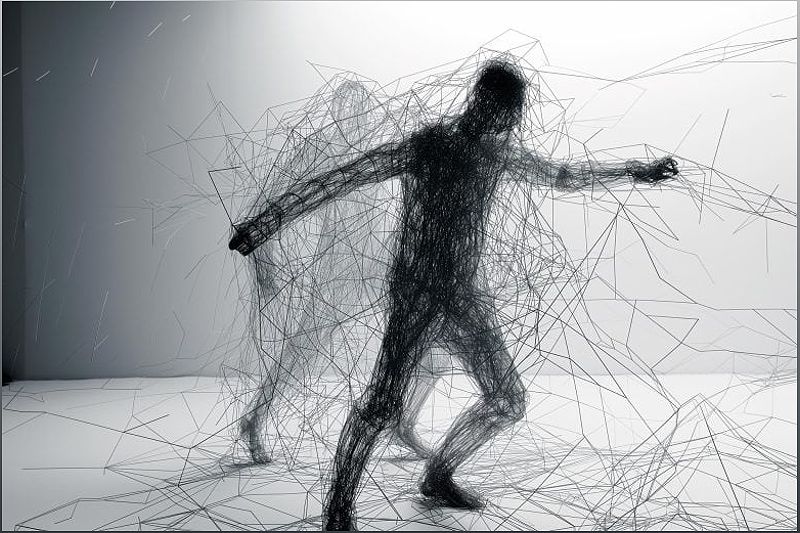Explore the groundbreaking study that leverages big data to gain a deeper understanding of motor learning and its impact on age, gender, and other factors. Uncover how this research complements traditional lab-based studies and democratizes motor learning research.
The Power of Big Data in Motor Learning Research
Traditionally, motor learning research has been limited to small lab-based studies with a narrow focus. However, the emergence of big data has revolutionized the field, allowing researchers to analyze vast amounts of information generated by citizen scientists. This approach provides a more comprehensive understanding of motor learning and its implications for personalized physical therapy and athletic training.
By harnessing the power of big data, researchers can now examine how factors such as age, gender, visual impairment, and video game experience impact motor adaptation. For example, a recent study revealed that individuals modify their strategies to correct motor errors throughout their lifespan, with the peak adaptation occurring between the ages of 35 and 45. These insights were previously missed due to small sample sizes and limited age ranges in traditional studies.
Machine learning techniques are also being utilized to predict success in motor learning and identify key predictors such as movement speed and reaction time. While there are limitations to this approach, such as the ability to predict only a portion of the variance, the use of big data in motor learning research shows great promise in providing valuable insights to the scientific community.
Democratizing Motor Learning Research
Traditionally, motor control research has been conducted in controlled lab settings with a limited number of participants. This raises questions about the generalizability of the findings to the larger population. However, the advent of online testing and citizen science has opened up new possibilities for studying motor control on a larger scale.
Researchers are now able to collect data from a diverse participant population through web-based motor tests. This approach not only provides a larger sample size but also allows for a more representative range of ages, genders, and backgrounds. The inclusion of a wider range of participants leads to a more comprehensive understanding of motor control and its nuances.
Furthermore, the use of online testing and citizen science democratizes motor learning research, allowing individuals from all walks of life to contribute to scientific advancements. This approach promotes inclusivity and diversity in research, leading to more robust and applicable findings.


